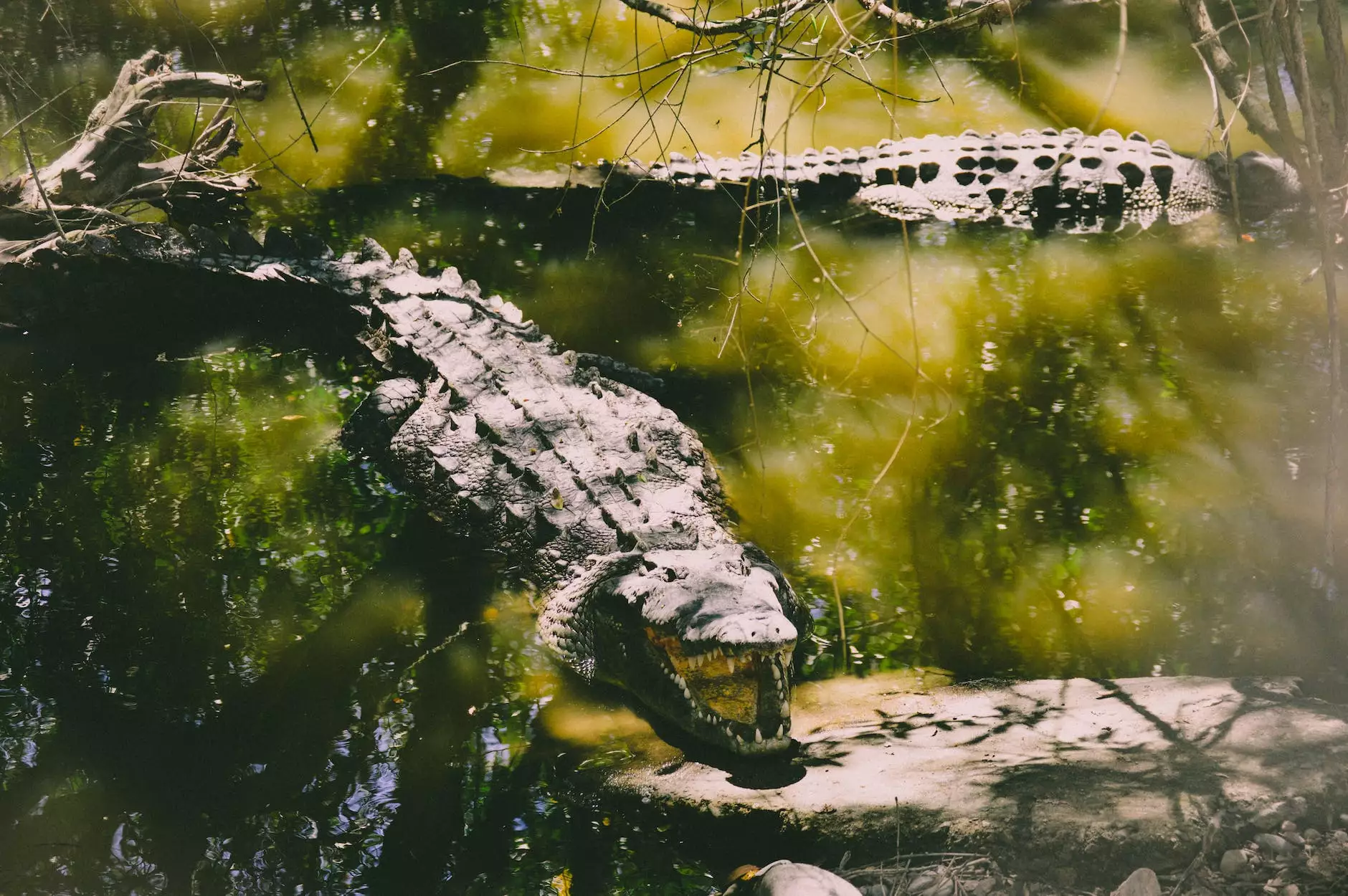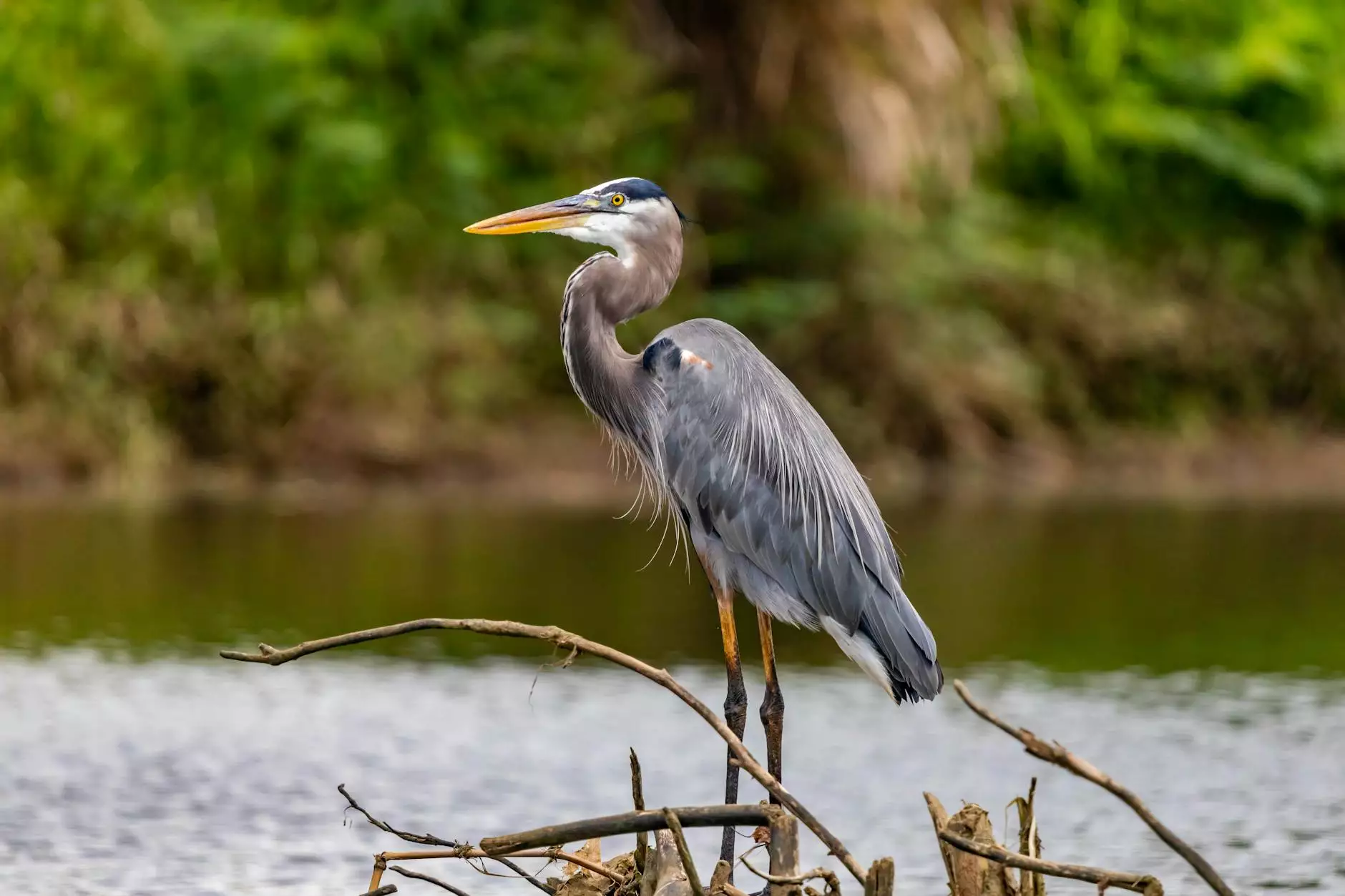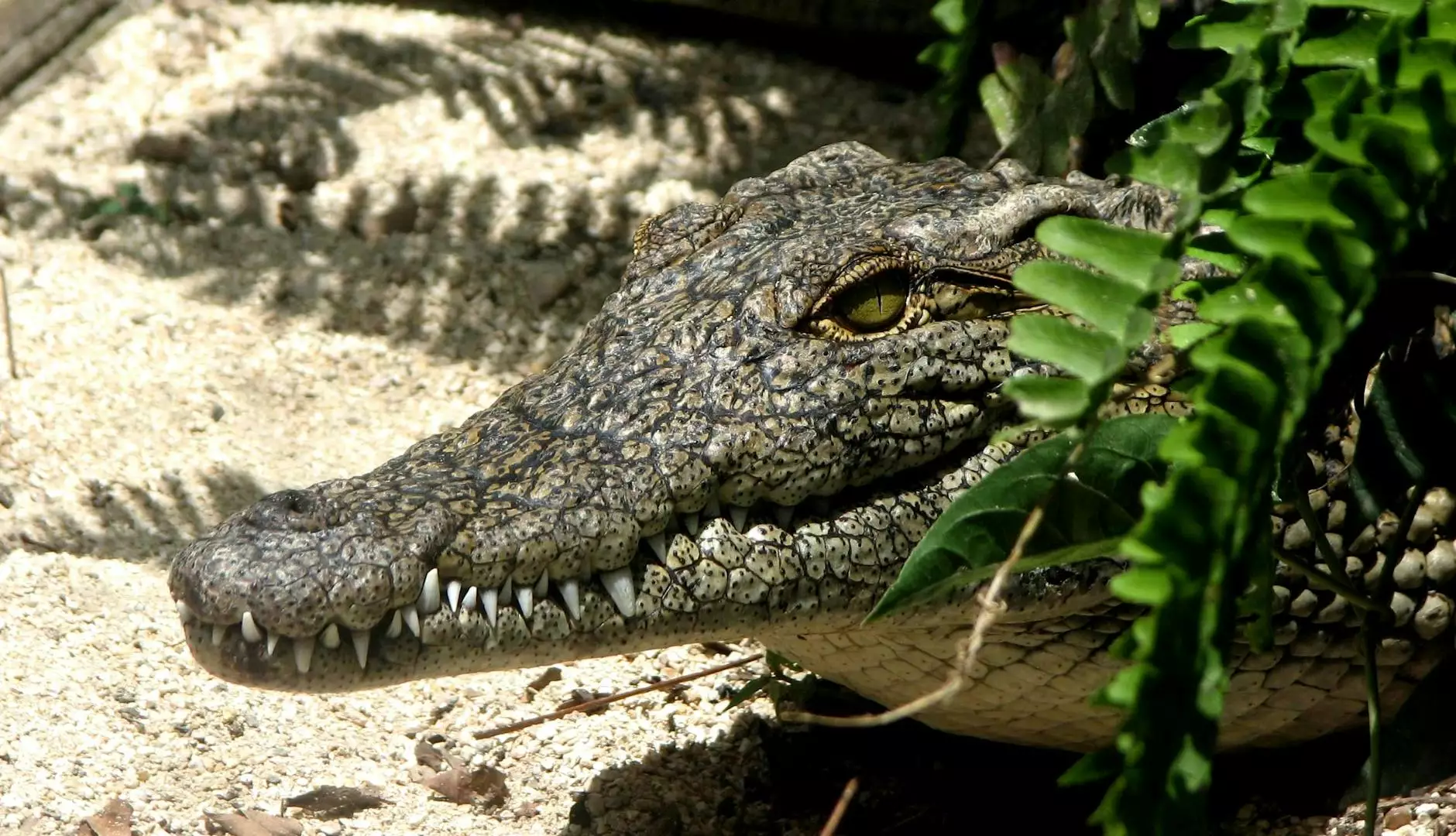What in the World is a Limpkin, Anyway? - Wild Florida Blog

The Limpkin Bird: A True Floridian Native
When it comes to the diverse wildlife found in Florida, few species are as intriguing as the Limpkin. Native to the state, this unique bird is known for its distinct appearance and enchanting behavior. Join us on this Wild Florida adventure as we explore all there is to know about Limpkins!
The Habitat of the Limpkin
Limpkins are primarily found in the wetlands of Florida, such as marshes, swamps, and along the edges of lakes and rivers. These beautiful birds prefer habitats with dense vegetation, providing them with an ample supply of food and shelter. Their unique adaptability allows them to thrive in both freshwater and brackish environments.
Physical Characteristics of Limpkins
Limpkins have distinct physical features that set them apart from other bird species. They have a large body size, reaching up to 28 inches in length, with a wingspan of approximately 4 feet. Their long, slender neck and pointed bill give them an elegant appearance.
Their feathers are mainly brown, with a mottled pattern that provides excellent camouflage in their natural environment. Limpkins also have vibrant, reddish-brown eyes that capture the attention of any observer. These birds exhibit sexually dimorphic traits, with males being slightly larger than females.
Feeding Habits of Limpkins
The Limpkin's diet primarily consists of apple snails, which are an essential part of their survival. They are skilled foragers, using their long bills to extract snails from their shells. Limpkins are known for their distinctive wailing call, often heard during the day as they hunt for their favorite delicacy.
Limpkins and their Behavioral Patterns
Watching Limpkins in their natural habitat provides a captivating experience. These solitary birds are often seen strolling along the water's edge, using their long legs to navigate through shallow waters. Their leisurely pace and graceful movements have earned them the nickname "ghost bird."
During courtship, male Limpkins engage in an intricate display of calling and bending their bodies. Once a pair is formed, they build a nest high above the ground using vegetation and sticks. The female typically lays 3-8 eggs, which both parents take turns incubating for about a month.
Limpkins are monogamous birds, remaining loyal to their partners for life. They exhibit strong parental care, feeding and protecting their chicks until they are ready to leave the nest. In some cases, Limpkins are also known to form small family groups. These fascinating behaviors make them a true marvel in the avian world.
Conservation Efforts for Limpkins
Like many other wildlife species, Limpkins face certain conservation challenges. Habitat loss due to urbanization, pollution of freshwater resources, and invasive species are some of the significant threats they encounter. Organizations such as Aventuras Naturales work tirelessly to raise awareness and protect the natural habitats critical for the survival of Limpkins and other bird species.
By supporting sustainable tourism and encouraging responsible behavior in natural areas, we can ensure a brighter future for these incredible creatures.
Conclusion
Now that you've become acquainted with the world of Limpkins, it's time to plan your own adventure in the wilds of Florida. Witness the beauty of these captivating birds firsthand, observe their fascinating behaviors, and create incredible memories. Join Aventuras Naturales in exploring the wonders of the Limpkin's natural habitat and make your Florida trip truly unforgettable!









